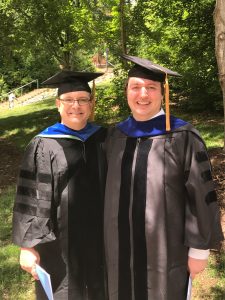July 10, 2018
In a preclinical study, researchers led by UNC Lineberger’s Ryan Miller, MD, investigated whether the location of where the mutation occurred within the sequence of the PIK3CA gene affected the mutation’s ability to help drive cancerous growth. They also evaluated whether the location of the mutation would affect the cancer’s response to certain treatments.
Read more about this important discovery at the UNC Lineberger Comprehensive Cancer Center.



